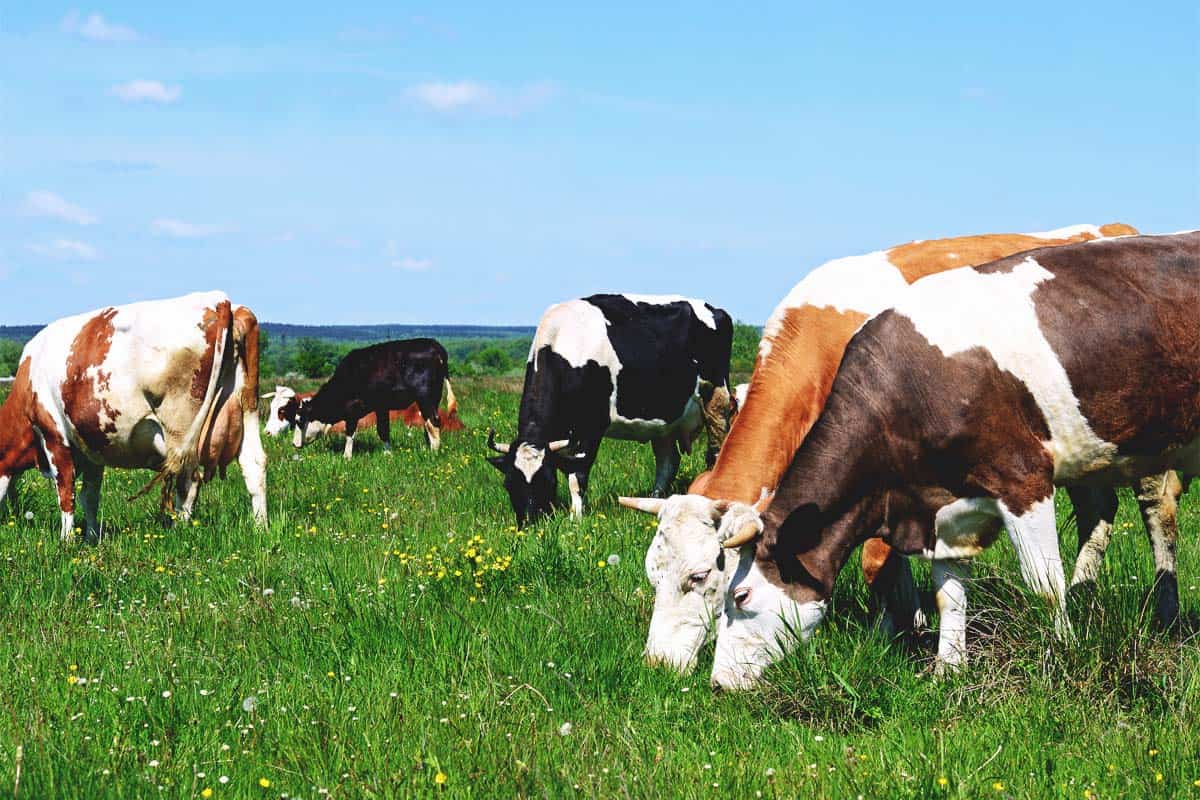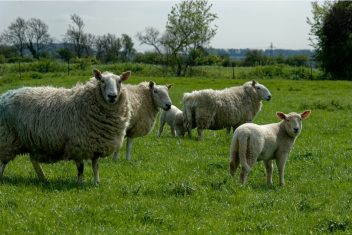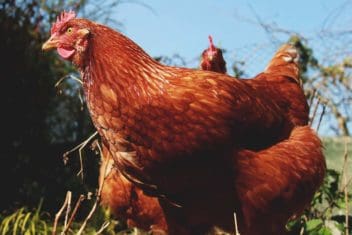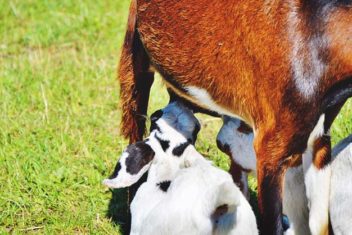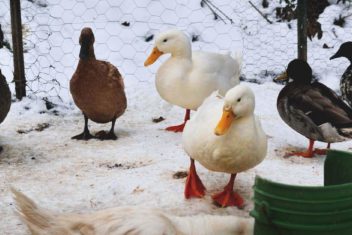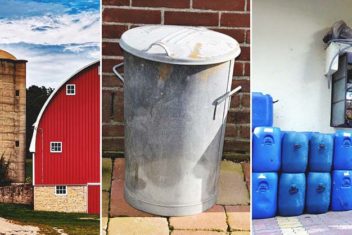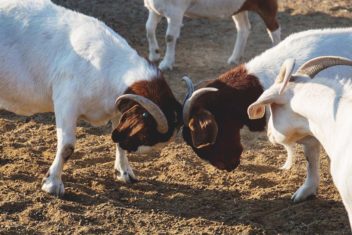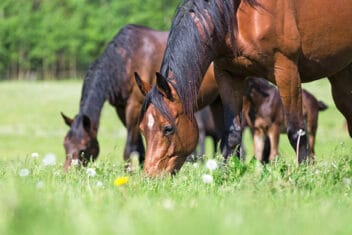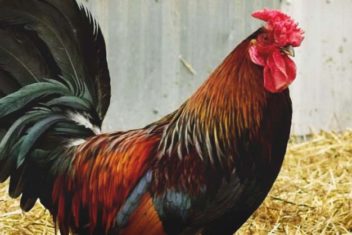If you have multiple species of livestock on your small farm, you may have wondered how you can make the most of your limited space and improve the health of your animals at the same time.
Multispecies grazing is a simple answer to this question.
But what exactly is it and how can you do it effectively? I’ll tell you everything you need to know in a nutshell!
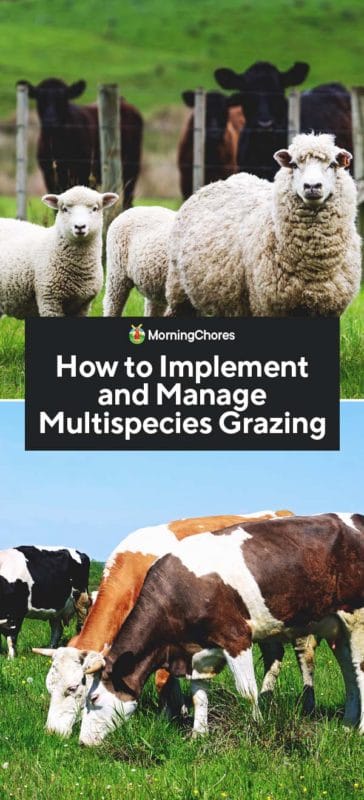
So, What is This ‘Multispecies Grazing’?
Multispecies grazing can be defined as grazing two or more animal species in a pasture-based system. While this sounds simple at its heart, it’s a bit more complicated than it might first appear to be.
This system can be implemented in one of two ways.
The first is in allowing two or more animal species to graze in the same area at the exact same time. For example, you might run chickens and sheep together in the same paddock.
The second is grazing two or more species sequentially. In this setup, you would have sheep in a paddock first for several days or weeks, then run chickens in behind them.
There are several advantages to multi-species grazing, namely that it can be used to renovate pasture and to add unique types of fertilizer to the soil.
It should not be done willy-nilly, however, and there are some important considerations you will need to take into account before beginning.
And What Are the Benefits of Multispecies Grazing?
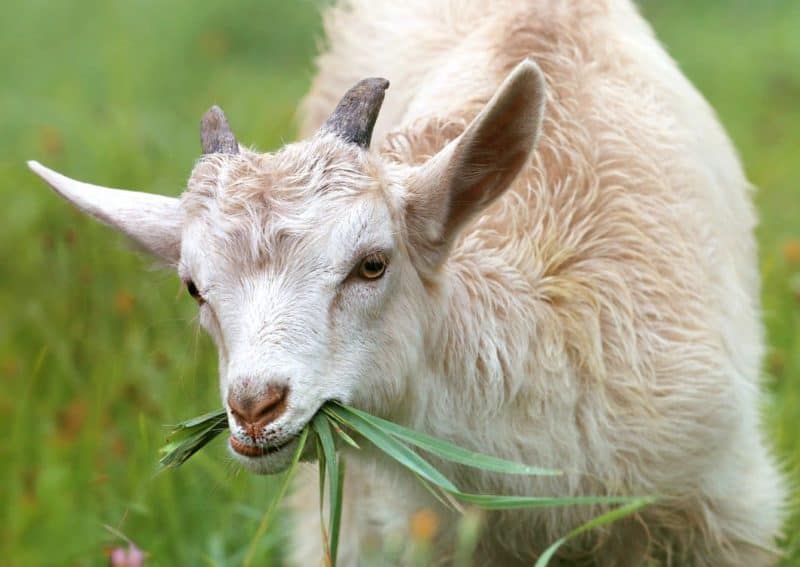
1. Improved Forage Utilization & Vegetation Control
You can dramatically improve your forage utilization when you graze multiple species.
Simply put, you get more bang for your buck.
Cattle, though not as selective in their grazing, will go after common grasses and legumes. They usually won’t touch “undesirable” plants, like woody brush or weeds. Goats, though, will go to town on these foods. They will nibble on all kinds of weeds that cattle will avoid, including brambles, honeysuckle, thistles, and even stinging nettle.
Sheep, too, will graze forbs over grasses, helping to control weeds. Then, you can turn around with cattle and allow them to graze the taller grasses that your sheep might not touch.
Not only can you make the most out of the land you have without having to invest in hundreds of dollars worth of forage seed, but you can also improve the control of “unwanted” vegetation. No more herbicides to get rid of weeds or forbs for your cattle – you can simply let goats or sheep take care of them for you.
And trust me, they’ll enjoy doing that work!
2. Efficiency in Grazing
A gross but true fact – most species won’t graze around their own poop, but they’ll happily graze around the poop of other species.
While it sounds unpleasant, it presents a major advantage to you, as the farmer. You don’t need to let a pasture “rest” quite as long before introducing new grazers onto it. You just need to change the species.
3. Increased Stocking Densities
If you have a limited amount of space – which is true for most people on small homesteads – one of the biggest advantages to multi-species grazing is that you can make the most of the land and pasture you have.
Grazing multiple species allows you to increase your stocking density without overloading your pastures. Because goats eat things like woody brush, forbs, and problem weeds, they can take care of those plants while your cattle will prefer to graze legumes and common grasses.
4. Reduced Parasite Loads
In many cases, grazing multiple species together can reduce parasite loads in the soil. You just need to be particular about which species you graze together.
Parasites that affect cattle generally don’t survive in goats and sheep. Therefore, grazing goats with cows, or sheep with cows can help cut down on the soil-borne parasites, reducing their resistance development to certain anthelmintics.
Here’s how. Parasites tend to be found in the first four inches of forage growth. If parasite loads are unnaturally high, you can graze your cattle first. They’ll consume most of these parasites with their tongue-snapping grazing methods, so then you can safely follow them with sheep without having to worry about dangerous parasites, like the barber pole worm, affecting your sheep.
5. Predator Control
Multispecies grazing can be advantageous if you’ve noticed a serious problem with predators on your farm. Running small poultry, like chickens, with larger ruminants can be helpful, as the presence of a large sheep or goat is often enough to deter a small weasel or hawk.
Similarly, grazing sheep or goats with cattle can often help keep larger predators, like coyotes, away. The key to successful multi-species grazing for predator control is to make sure the animals were raised together at a young age. When this is done correctly, the animals will bond to each other and protect each other from threats.
What Should I Consider to Make Grazing Multiple Species Possible?
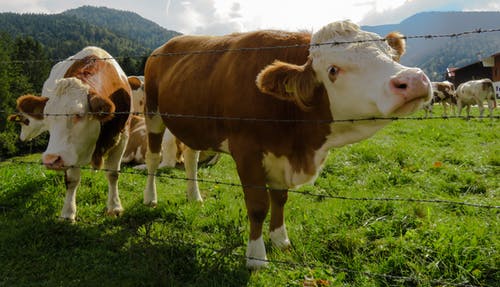
1. Adequate Fencing
You will need to consider your current fencing. Make modifications if you want to participate in a multispecies grazing setup. You can usually contain cattle with a one-wire temporary electric fence. However, you are not going to keep sheep and goats in with just a single wire. Instead, you will need a five-wire system or the addition of page wire or another permanent or semi-permanent fencing setup.
Woven wire or netted fencing is ideal, but the electric fence is recommended as additional support. This will keep predators out and your animals contained. As a general rule of thumb, set up your fencing so that it can contain the wiliest creature you have.
If you are grazing goats with any other type of species, this almost always means that your fencing system will need to be designed to contain the goats. They are true escape artists! To that end, we have this post specifically for goat fencing.
2. Mineral Supplementation
One of the biggest challenges of multi-species grazing is in how to keep separate species out of each other’s mineral supplements. Sheep, for example, can’t handle the high levels of copper found in goat and cattle feed and supplements. You may find that your sheep suffer from copper toxicity if they graze alongside cattle or goats.
This isn’t just because of sheep getting into feed or mineral supplements that they aren’t supposed to. Grazing sheep with cattle who have accessed mineral supplements can be dangerous in that the sheep can pick up small amounts of copper from the fecal matter and the soil.
While this isn’t very common, there’s an easy way to address it if you are worried about it. Use the “leader-follower” method of grazing, which involves grazing two species sequentially instead of at the same time. This will dramatically reduce the likelihood that your sheep will be contaminated by “dropped” copper, as it will have time to settle into the soil.
Regardless of which method you choose, you always need to make sure your minerals are moved with each species and out of reach of the species for which it is not intended.
3. Farm Topography
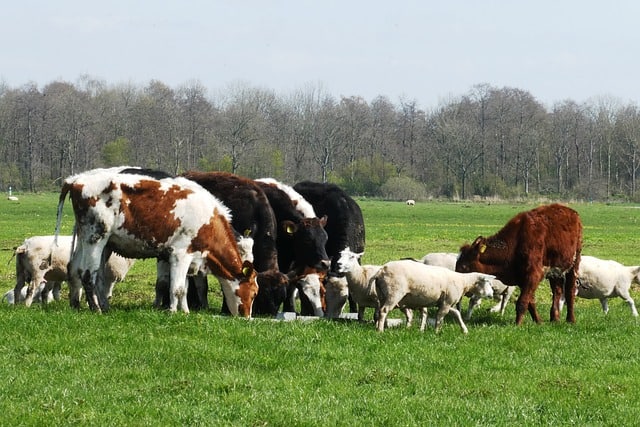
You will want to think about the geography and topography of your property before you decide on a multi-species grazing system. This is because each species is equipped to graze on a different type of landscape. While goats and sheep can graze on steep, rocky terrain, cattle are going to do best on slopes that are flatter or at least more moderate.
4. Management Practices & Handling Facilities
Particularly in the case of parasite control, you will need to rethink your management practices. You usually won’t want to graze sheep and goats together for the sole benefit of parasite control because they can be impacted by the same internal parasites.
If you have cattle, there’s a good chance that your handling facilities are not set up to handle sheep or goats. The gaps between rails are often too wide or the larger widths of alleys allow smaller animals to turn around. Therefore, moving and working with animals can be difficult.
You will need to consider how and where you will handle your animals, and set up those structures and facilities if you don’t have them already.
5. Veterinary Care
This is a small concern that must be addressed by any farmer adding new animals to the farm, regardless of whether the animals are being grazed together or not. However, you need to think about how your veterinarian will deal with your new animals. Not all vets have experience with animals like sheep and goats. It’s important to determine whether those services are available in your area before deciding to graze multiple species together.
Which Species Can Be Grazed Together – or Sequentially?
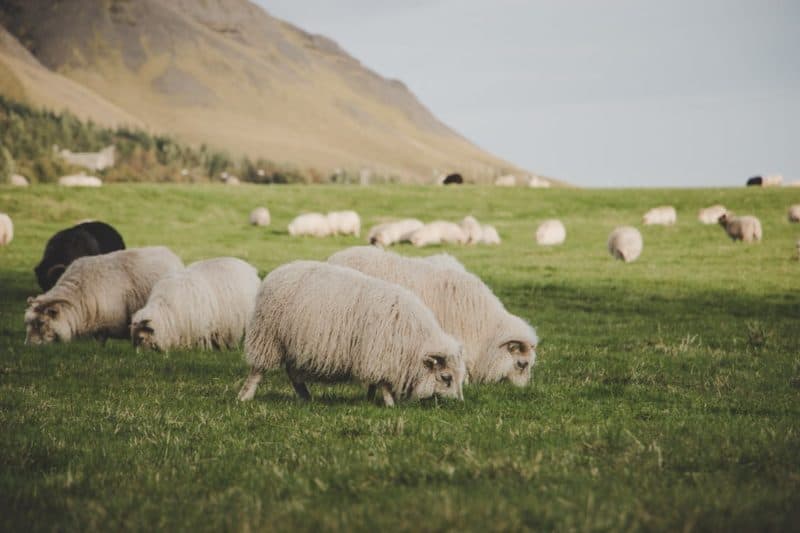
Each species of livestock is unique in how it grazes and what plants they prefer to graze on. To decide which species you are going to race in a multispecies setup, you need to first consider which plant species you have growing on the farm. Then decide which ones are not being grazed effectively.
Then, consider the livestock you already have and which ones will work best (and easiest) when grazed together.
Cows, goats, and sheep are the most common species to be grazed in a multispecies setup. This is because each of these species grazes in a different manner. Cows, for example, pull forage up by the tongue, gathering it into their mouths before biting it off.
Goats, however, graze at head height. As you likely know if you have ever raised goats, they prefer to nibble on browse (or woody material). Sheep graze with their heads down but some species, like Icelandic sheep, can graze higher up. They have split upper lips and smaller heads that necessitate closer feeding to the ground than other species, like cows.
You can even participate in a vision of multi-species grazing with animals like pigs, chickens, and geese! Chickens are easy to integrate with other species, as most herbivores won’t bother them – and vice versa. You’ll just need a way to keep animals like goats and sheep out of the chicken grain.
Pigs can be a bit trickier, as some farmers report having issues with pigs attacking other species. It’s generally not recommended that you run pigs at the same time as other species (chickens are the rare and only occasional exception). However, you can easily run them either before or after cattle, goats, sheep, or other animals.
Is Multispecies Grazing Right For My Farm?
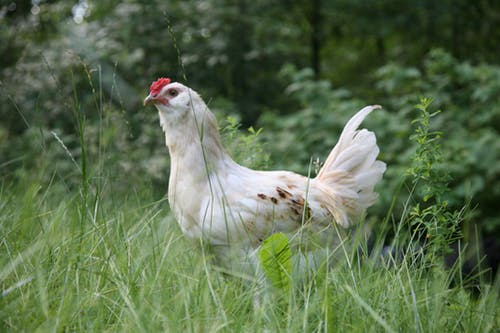
Think carefully about the animals you intend to graze together and whether your management needs will increase when you put multiple species together. In most cases, you can reduce your workload by putting animals on the same pasture (or sequential pastures). However, this is not always true.
Keep in mind that most types of animals, like sheep and cattle, can produce different products (think meat, milk, and fiber). You may be able to diversify your income and broaden your horizons by grazing multiple species on one paddock.
